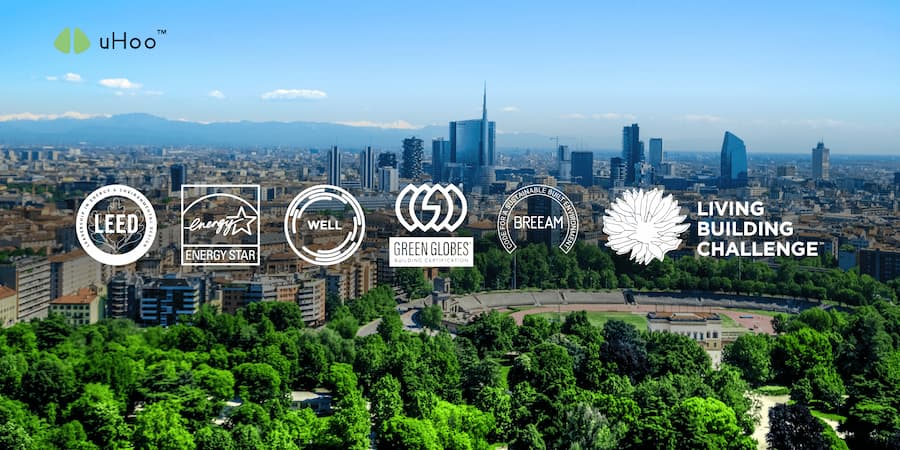In an era where sustainability is paramount, green certifications have emerged as powerful tools for property owners. They not only validate a property’s eco-friendly practices but also enhance its marketability, reduce operating costs, and contribute to a healthier environment. This comprehensive guide explores key green certifications that can significantly improve your property’s value and sustainability profile.
-
LEED (Leadership in Energy and Environmental Design)
- What it is: LEED, developed by the U.S. Green Building Council (USGBC), is a globally recognized rating system for the design, construction, operation, and maintenance of green buildings. It covers various aspects, including energy efficiency, water conservation, indoor environmental quality, and sustainable materials.
- Benefits:
- Increased property value and rental rates
- Reduced energy and water consumption, leading to lower operating costs
- Enhanced occupant health and well-being
- Improved brand reputation and marketability
- Access to potential tax incentives and grants
- Types: LEED BD+C (Building Design and Construction), LEED O+M (Operations and Maintenance), LEED ID+C (Interior Design and Construction), LEED Homes.
-
ENERGY STAR:
- What it is: ENERGY STAR, administered by the U.S. Environmental Protection Agency (EPA), certifies products and buildings that meet strict energy efficiency guidelines. For buildings, it focuses on whole-building energy performance.
- Benefits:
- Significant energy savings and reduced utility bills
- Improved building comfort and performance
- Easy-to-understand labeling for consumers
- Recognition as an energy-efficient property
- How it works: Properties receive an ENERGY STAR score based on their energy performance compared to similar buildings nationwide.
-
WELL Building Standard
- What it is: The WELL Building Standard, administered by the International WELL Building Institute (IWBI), focuses on the health and well-being of building occupants. It addresses factors such as air quality, water quality, nourishment, light, fitness, comfort, and mind.
- Benefits:
- Improved occupant health, productivity, and satisfaction
- Reduced absenteeism and healthcare costs
- Enhanced employee retention and attraction
- Creation of a healthier and more comfortable indoor environment
- Focus: Human-centric design and operational strategies
-
Green Globes
- What it is: Green Globes, developed by the Green Building Initiative (GBI), is a web-based assessment and rating tool for green building design, construction, and operations.
- Benefits:
- Flexible and customizable assessment process
- Cost-effective certification option
- Comprehensive evaluation of environmental performance
- Third-party verification for credibility
- Scope: Addresses a wide range of sustainability criteria, including site, energy, water, resources, and emissions.
-
BREEAM (Building Research Establishment Environmental Assessment Method)
- What it is: BREEAM, developed by the Building Research Establishment (BRE) in the UK, is one of the world’s leading sustainability assessment methods for buildings.
- Benefits:
- Demonstrated commitment to environmental responsibility
- Improved building performance and reduced environmental impact
- Enhanced property value and marketability
- Globally recognized certification
- International Reach: Used extensively in Europe and internationally.
-
Living Building Challenge
- What it is: The Living Building Challenge, administered by the International Living Future Institute (ILFI), is one of the most rigorous green building certification programs. It focuses on creating regenerative buildings that have a positive impact on the environment.
- Benefits:
- Achieving the highest level of sustainability
- Creating buildings that are truly restorative
- Demonstrating leadership in green building practices
- Inspiring innovation and transformation
- Focus: Net-positive energy, water, and waste.
Choosing the Right Green Certification
The best certification for your property will depend on your specific goals, budget, and property type. Consider factors such as:
- Your target market and their sustainability expectations.
- Your property’s location and climate.
- Your budget for certification and implementation.
- The specific aspects of sustainability you want to prioritize.
By pursuing a relevant green certification, you can transform your property into a sustainable and valuable asset. It not only contributes to a healthier planet but also provides numerous tangible benefits for property owners and occupants alike. Let uHoo help.



